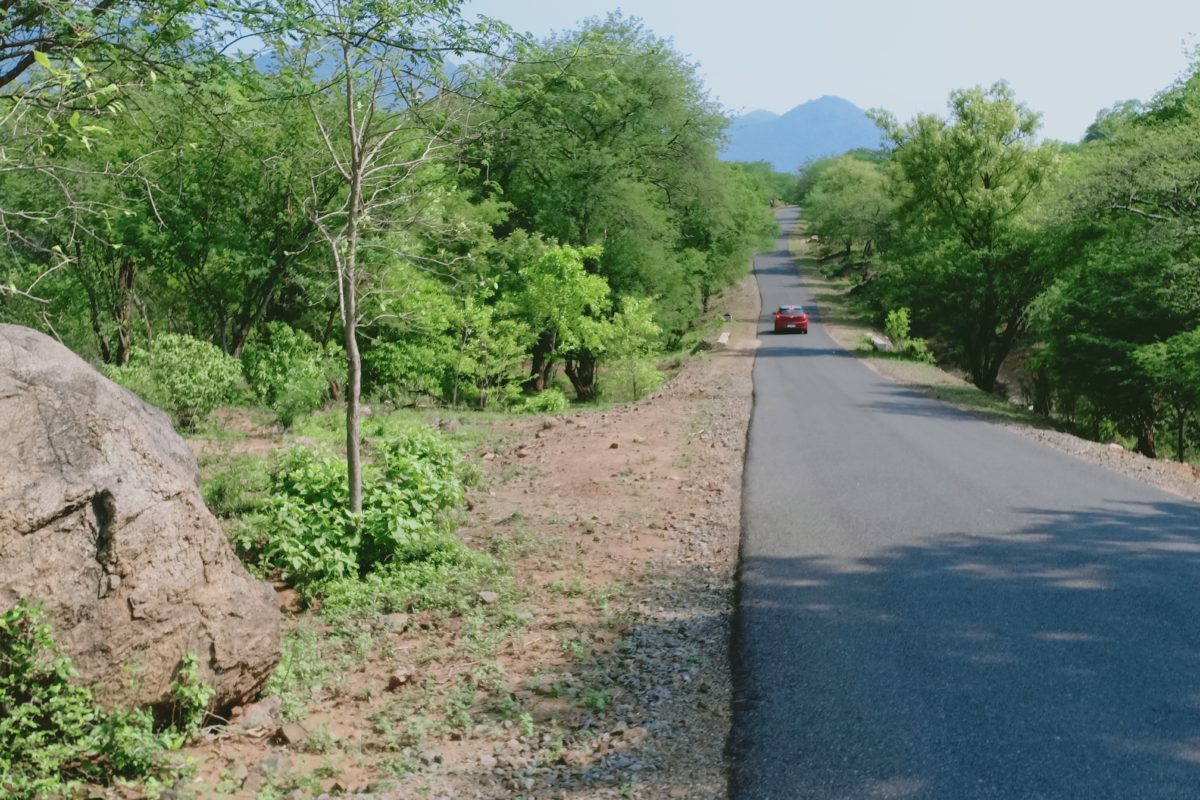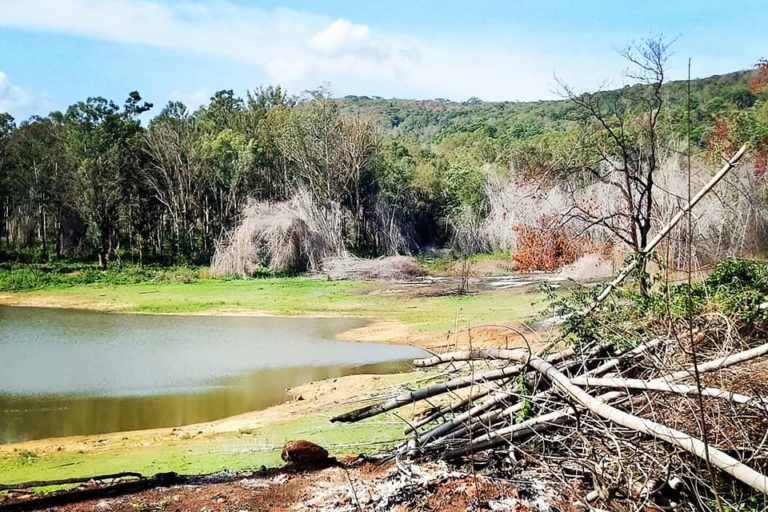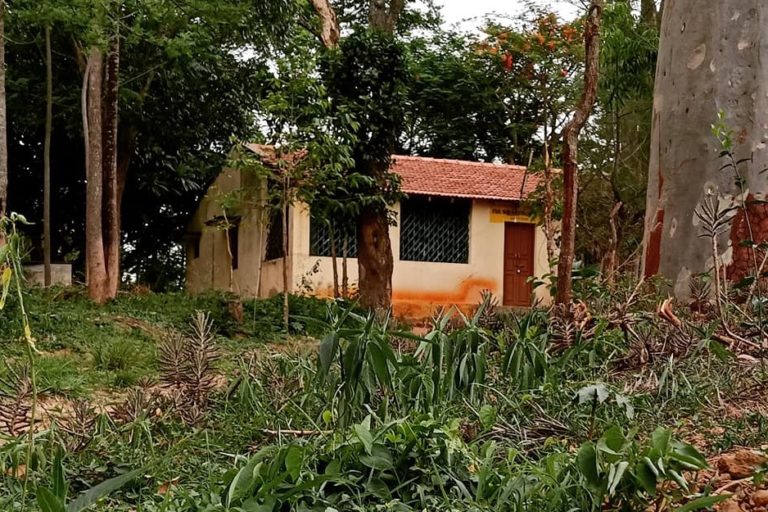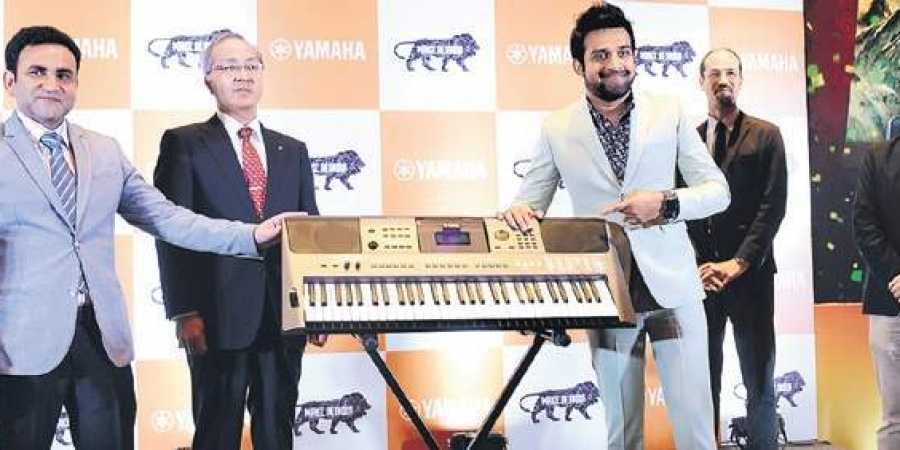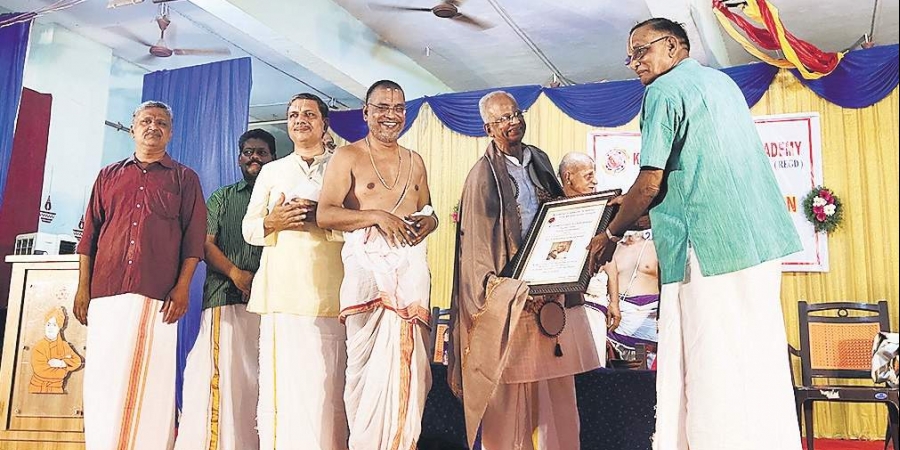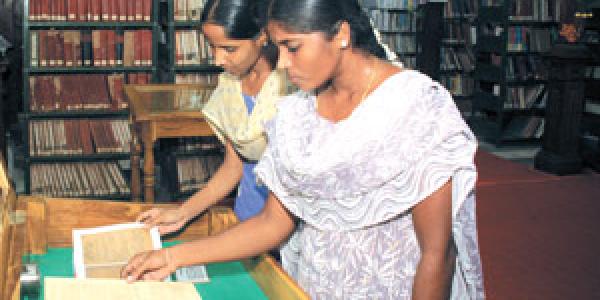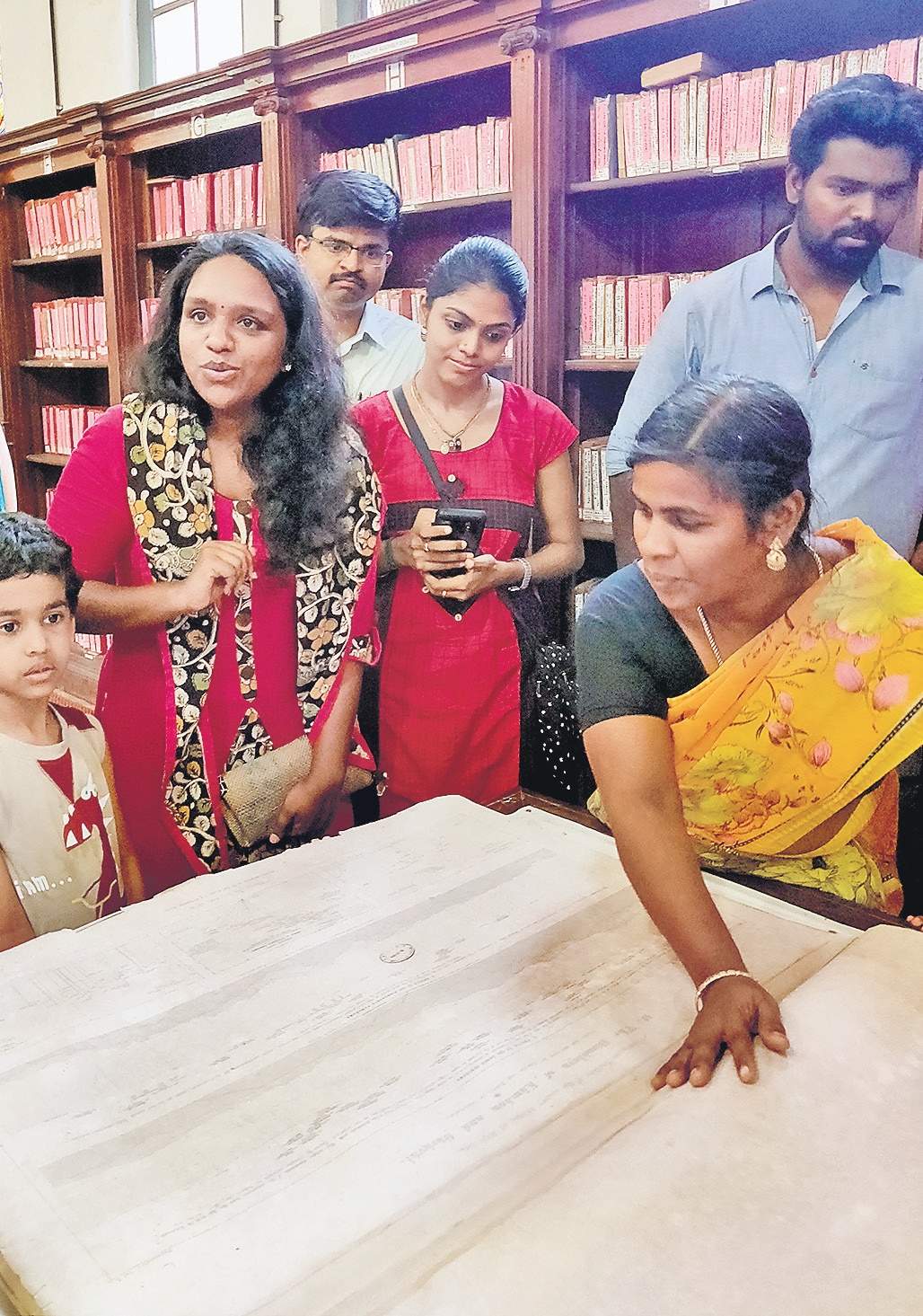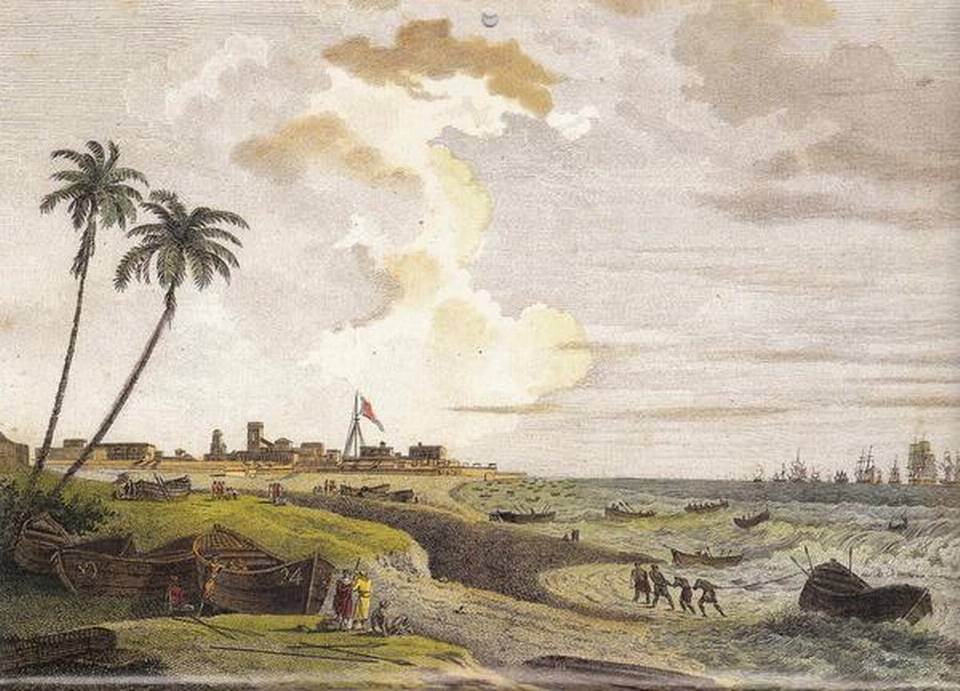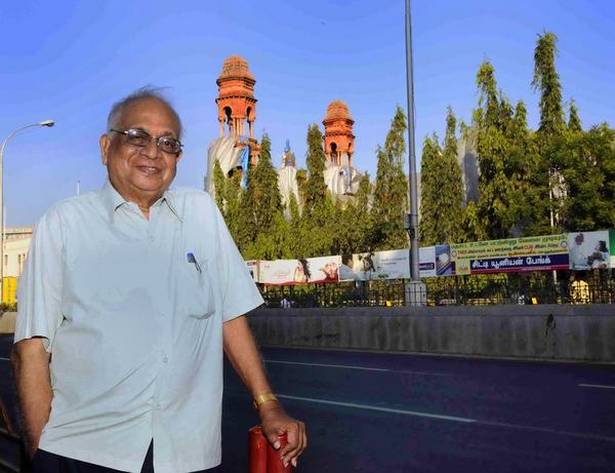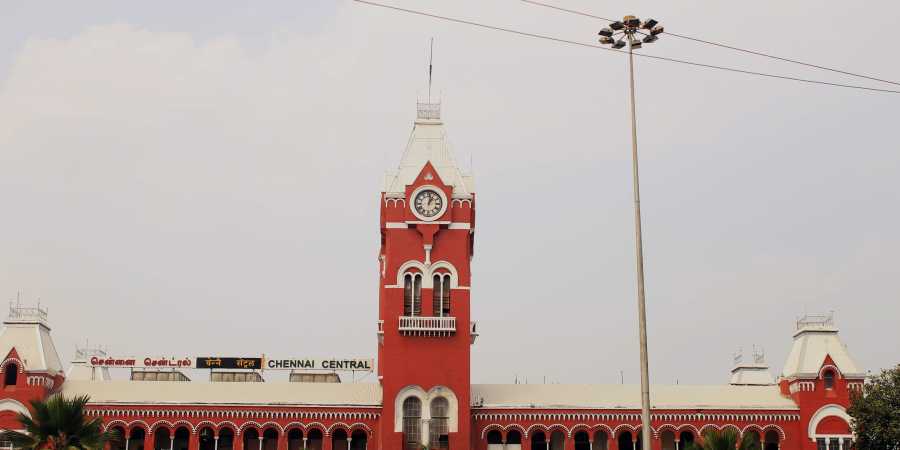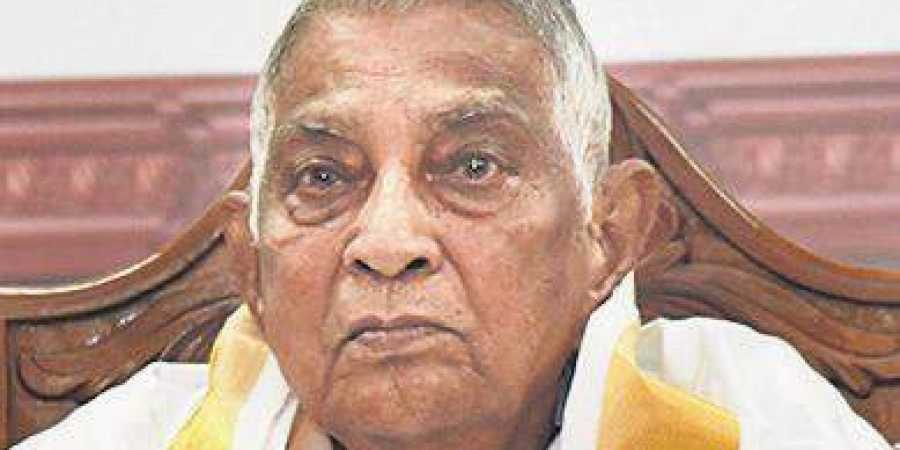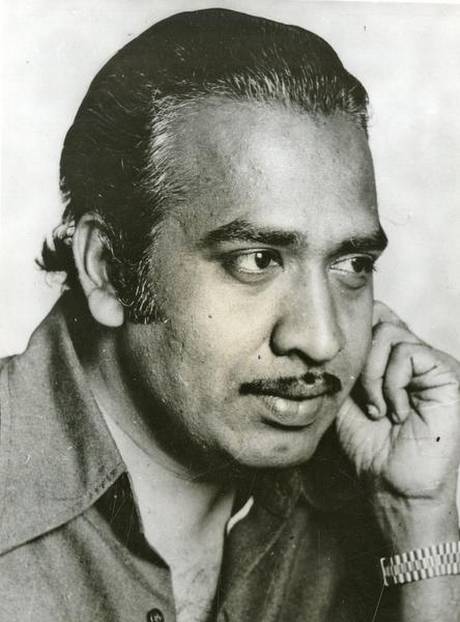Bonding over sustainable fashion & conscious living, three feisty women set up Wildflower — a brand that resonates with their cause.
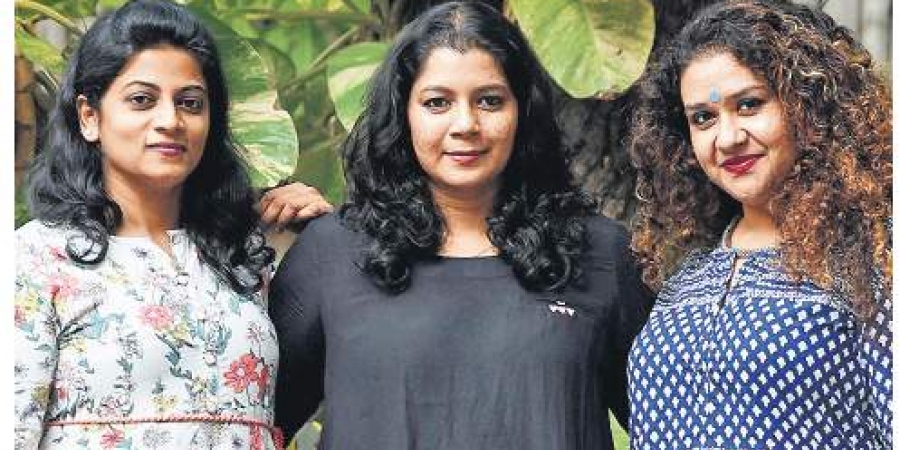
Chennai :
Friends Sangeetha Arul, Anjula Giriam and Shibi Kumaramangalam had a vision — to organise pop-up events that were different from the rest. So, the trio established Wildflower in 2018, a platform that promotes sustainable and ecofriendly brands from all over India. “We believe that conscious shopping decisions can make a positive impact on the environment, society and lifestyle,” share the trio. In a freewheeling chat with CE, they discuss their journey, life lessons, philosophies and more. Excerpts follow.
Tell us about your journey in event management?
Sangeetha: I was in the communication field and coordinating has been one of my strong skills. When I was in the US from 1999 to 2012, I used to help around with Tamil Sangam, a group where all the US-based Tamil people would gather and conduct events. I realised that management was one of my strengths and decided to put it to good use. Anjula and I went to college together, but were doing different things. We met after a long break in 2012 and decided to start our own company.
Shibi: I’m a lawyer and I predominantly work in the field of women’s rights, sexual harassment at the workplace. But I’ve always been interested in sustainable fashion and conscious living. When I heard about Sangeetha and Anjula’s business idea, I was impressed with the way they had put everything together — promoting conscious consumption. I decided to collaborate with them for the pop-up, which aimed to promote awareness about ethical fashion.
How do you choose the brands you work with?
Shibi: When it comes to choosing brands, we ensure we invite brands which promote sustainable living and fashion. For instance, Last Forest is a brand that we support. They come from Kotagiri and work with the Toda tribe. Apart from ensuring that a brand is ethical, we also focus on the procurement process, that is sourcing and packaging is done in an eco-friendly way.
We follow a strict no-plastic policy. We try to promote the concept of ‘less waste’ by creating awareness on reuse, repurpose and recycle. We want to show people that being environmentally friendly and conscious is not unaffordable. Working with local brands not only supports local entrepreneurs, but it also enables the customers to develop a good rapport and relationship with them.
What is the first step towards a sustainable lifestyle?
Sangeetha: We send out around 80,000 bags of garbage every day, just think about the volume of consumption and wastage. I believe that rather than just a handful of people working towards a sustainable and eco-friendly lifestyle, thousands of people doing it imperfectly is fine and that makes a huge difference. We need to encourage people to take small steps…it will go a long way. Shibi: I’m very passionate about sustainable fashion and conscious living. This is my first venture with Wildflower, we organise events that promote conscious consumption. It is not about making profit, but we want to introduce shoppers to a sustainable principle.
What is your most memorable event of all the events you have organised so far?
Sangeetha: The first event which was held in March 24, 2018 at Hiranandani called Spring Fling Fashion was quite memorable. We had to start from scratch — right from finding vendors, talking, convincing and sourcing from them, everything had to be done. It was trial and error. Another challenge was to get in touch with these sustainable brands from all over India
. People were apprehensive. We learned a lot from the event. Though it was challenging, it was a learning curve and served as a stepping stone for us to do bigger and better. Our dream is to extend our help to all the start-ups and budding women entrepreneurs. We want to help them with marketing and communication services. Anjula: We had just started and everything was new to us, but it was nice to see people turn up from different parts of the country to Chennai. We received excellent response for our first event.
Tell us about a typical day.
Sangeetha: My day starts at 6 am. As soon as I send my children to school, I start preparing for my meetings, as per the day’s schedule. I usually have phone calls lined up with vendors and clients. By the end of the day, I am exhausted.
Event management is challenging, but I love my job! Shibi: I send my six-year-old daughter to school, go on with my day job, meet friends in the evening and hang out with them. I feel women are inherently very good multi-taskers. Sometimes I also help to rehabilitate abandoned pets. Anjula: I’m a part-time home baker. First thing is to manage the house and my child. I read when I’m not baking or busy meeting people for the events.
What are your life philosophies?
Shibi: Surround yourself with positive people and positive energy. Do one good thing and try to give back. Life is short, eat the cake, drink wine, buy the shoes. Sangeetha: I try to live a balanced life, hoping to make a small positive impact on the environment and society. Anjula: Whatever life throws at you, take it slow.
What do you love about Chennai?
Sangeetha: A big chunk of my life was in the US. But currently, Chennai has become a place where I can do what I love while being surrounded by friends and families. Shibi: I’ve lived away from the city most of the time and there is no place like home. With my regular meet-ups with my friends at Chamiers and exploring new places — Chennai offers a beautiful experience.
Anjula: I grew up in a conservative environment and after moving to Chennai from Sivakasi after my marraige, I was able to be myself without people judging me. I meet friends and feel quite lucky. Not everybody gets to do that.
How do you recharge your energy at the end of the day?
Sangeetha: When everybody goes to bed, I ensure I spend time with myself. The peace helps me get through the next day. Shibi: Socialising and Netflix Anjula: I read books.
What are the life lessons you have learned through your work experience?
Sangeetha: We couldn’t say no to people before and now we know where to draw a line. I learned to be tough and sure of what we want from others and their expectations. You can’t please everyone. Anjula: I learned new skills from the most unlikely places and people. I am not a social person, but I realised I could be if I wanted to. From printing to creating promos, we learned the nuances of the business.
What plans do you have for Wildflower?
Sangeetha: Currently, we are keeping it small and taking forward all the lessons we have learned more sustainably. It’s about quality and not quantity for us. We want to make a difference. Shibi: We don’t want people to just buy, but also know about the products and become ethical in consumption. We want to provide our customers with affordable cotton dresses which are not mass-produced…skincare brands which recycle ‘dabbas’, cloth pads.
source: http://www.newindianexpress.com / The New Indian Express / Home> Cities> Chennai / by Rinreichui Kashung / Express News Service / August 01st, 2019
